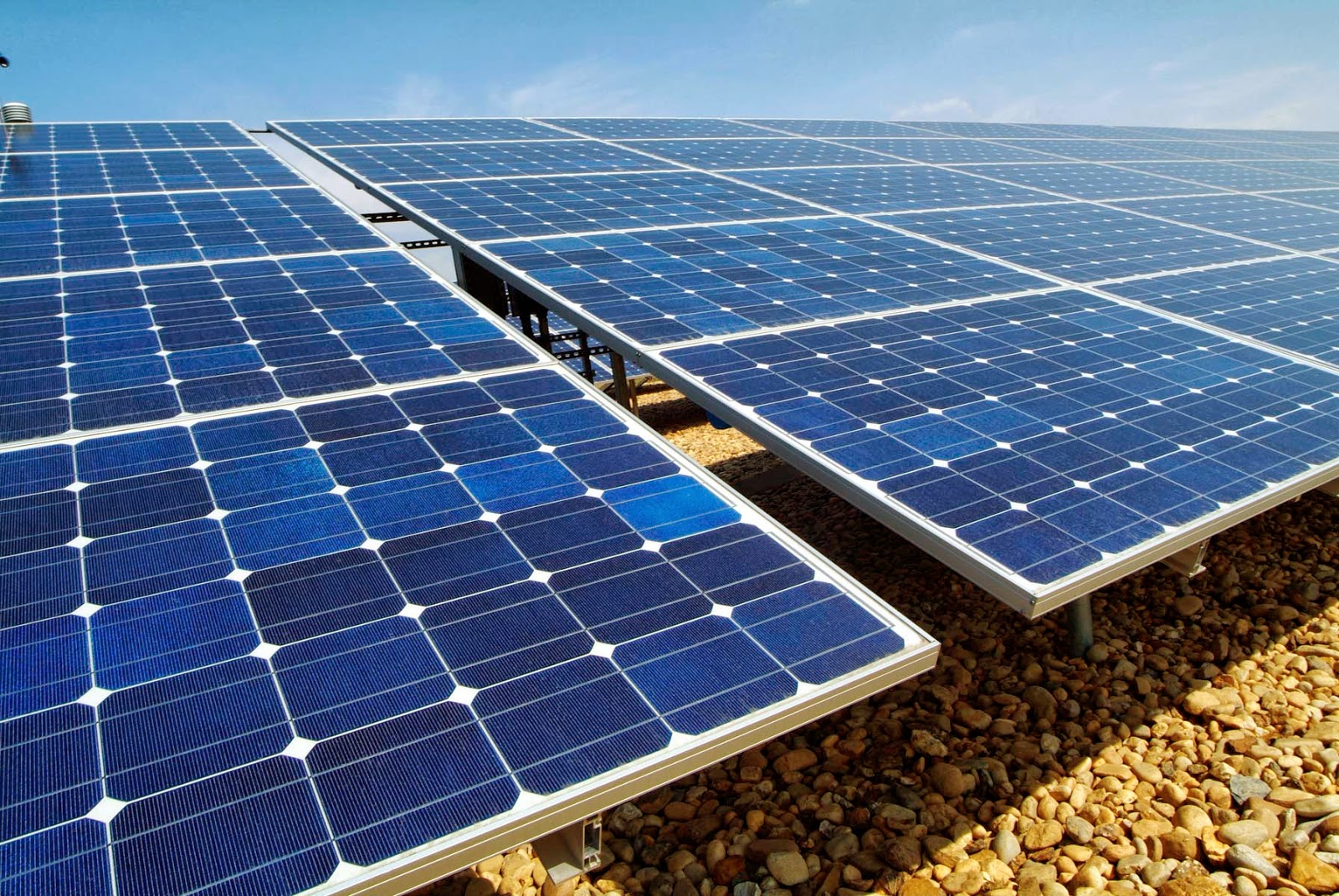Call Us: +1.302.777.7774
- You are here:
-
Home

-
Blog

-
Randy Ruschak

- Researchers Use Opal Structure to Improve Thin Film Solar Cell Efficiency
- Home
- About CECON
- Services
-
Client Sectors
-
Expertise Areas
- Agriculture Experts
- Analysis / Test Methods Experts
- Bio Technology Experts
- Business / Marketing Experts
- Ceramic / Glass Experts
-
Chemistry Experts
- Analytical Experts
- Carbon Experts
- Catalysts Experts
- Crystal Growth Experts
- Electrochemistry Experts
- Flocculation Experts
- Formulations for Consumer Products Experts
- Inorganic Experts
- Oil and Lubrication Experts
- Organic Experts
- Organometallic Experts
- Photo Chemistry Experts
- Renewable Chemistry Experts
- Composites Experts
- Computer / Software Experts
- Cosmetics Experts
- Electrical Experts
- Electronic Experts
- Energy Experts
-
Engineering Experts
- Aeronautical Experts
- Biochemical Experts
- Biomedical Engineering Experts
- Chemical Engineering Experts
- Civil Engineering Experts
- Construction and Architecture Experts
- Control Systems Experts
- Electrical Experts
- Fluid Flow Experts
- Heating / Cooling Experts
- Hydraulics Experts
- Industrial Experts
- Mechanical Experts
- Optical Experts
- Structural Analysis Experts
- Water / Ocean Experts
- Environment Experts
- Food and Beverage Experts
- Forest and Wood Products Experts
- Metals Experts
- Nanotechnology Experts
-
Pharmaceutical Experts
- Bioanalytical Experts
- Biostatistics Experts
- Cannabis Manufacturing and Regulatory Experts
- Clinical Trial Design Experts
- CMC Regulatory Experts
- CMC Tech Transfer Experts
- Drug Delivery / Controlled Release Experts
- Drug Formulation Experts
- Drug Safety / Pharmacovigilance Experts
- Drug Stability Experts
- GLP / GMP Experts
- IND / NDA / ANDA Experts
- Medicinal Chemistry Experts
- Pharmaceutical Licensing Experts
- Pharmaceutical Packaging Experts
- Pharmaceutical Process Development and Validation Experts
- Pharmaceutical Quality Assurance Experts
- Pharmaceutical Regulatory and Labeling Experts
- Pharmacology Experts
- Pharmacy Experts
- PK / PD / Pharmacokinetics Experts
- Portfolio and Executive Managment Experts
- Raw Materials & API Development Experts
- Toxicology Experts
- Physics / Optics / Magnetics Experts
- Polymers / Fibers / Films / Coatings Experts
- Regulatory Compliance Experts
- Safety / Risk Assessment Experts
- Transportation Experts
- Legal Clients
- Blog
- Contact Us
CECON Blog
Researchers Use Opal Structure to Improve Thin Film Solar Cell Efficiency
A new approach to solar cell design is raising hopes for lower cost electricity derived from solar energy. Researchers from Purdue University’s School of Electrical and Computer Engineering and Birck Nanotechnology Center have devised a 3-D synthetic crystal that absorbs, retains and utilizes sunlight more effectively than traditional thin-film cells.
Conventional solar cells are made of single crystal silicon wafers, but those made of thin-film silicon cells are 100 times less expensive. Unfortunately, the thin-film cells’ material and structure allows sunlight to enter and then quickly reflected back out of the cell, making them much less efficient. Purdue researchers have found that by introducing synthetic crystals with an “inverse opal structure” into the construction of the thin-film cells, that once sunlight enters the cell it is diffracted and the opal structure traps light for longer periods of time, increasing the probability of converting the solar power to electrical energy.
According to Peter Bermel, an assistant professor participating in the study, the goal of the research was to determine whether introducing the 3-D photonic crystals into crystalline silicon solar cells would make them more efficient while maintaining their lower cost. “The question is, can we make up that lower efficiency by introducing new approaches to light trapping for thin film solar cells? Can we combine low cost and high performance?”
The study showed that the opal structure increases the thin-film cells’ efficiency and absorption of near-infrared light by approximately 10%, and that with more research greater efficiency may be gained.
Though solar cells were originally designed to be made of thick single crystal silicon wafers, the cost was prohibitive for widespread use, so the multicrystalline and thin-film silicon solar cells have gained in popularity. Unfortunately, their efficiency in absorbing near-infrared light is not optimal. According to Bermel, “Light in the near-infrared range is important because there is a lot of solar energy in that wavelength range and also because silicon can convert near infrared light to energy if it can absorb it, but thin films don’t fully absorb it.”
In order to increase the thin film’s ability to absorb light, the researchers used a process known as meniscus-driven self-assembly to create a synthetic opal structure that is made up of hollow spheres of air that are encased in silicon. Much like natural opals, which diffract different wavelengths of light at different angles, the synthetic opal structure bounces the near-infrared light around internally, lengthening the solar cell’s access to the energy from the light.
Since 1985, CECON has been placing experts in over 200 scientific disciplines. CECON Consultants include energy experts, renewable energy consultants, engineering experts, and films and coatings experts.
When you subscribe to the blog, we will send you an e-mail when there are new updates on the site so you wouldn't miss them.


Comments